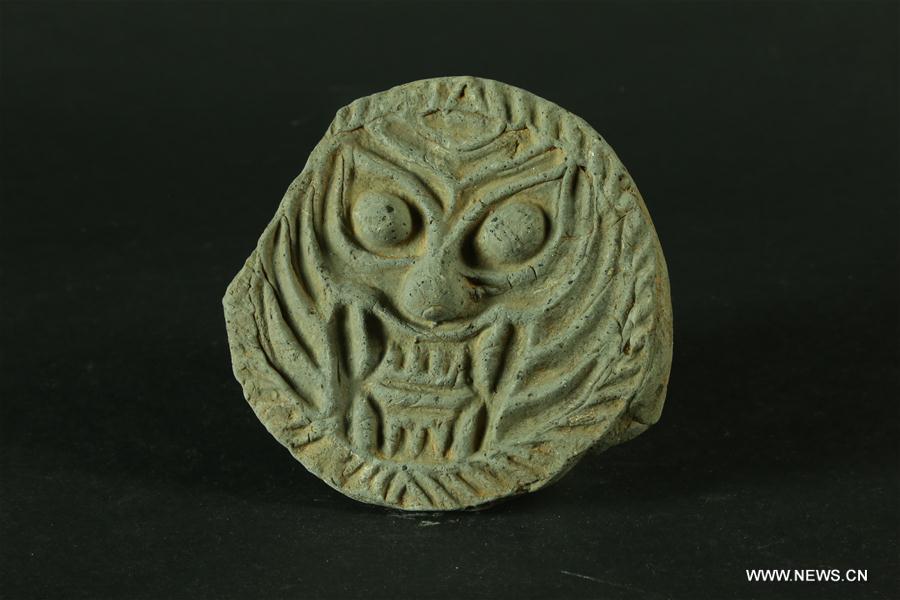
Photo taken on Sept. 15, 2019 shows a relic unearthed from the ancient tombs excavated in Ganjiang New District, Nanchang, east China's Jiangxi Province. Archaeologists have excavated 73 ancient tombs dating back 1,400 years ago in east China's Jiangxi Province, the local institute of cultural relics and archeology said Saturday. It is believed that the majority of the discovered tombs were built in the Six Dynasties (222-589). The 8,000-square-meter site was discovered in June 2013. Excavation started in August 2018. (Xinhua)
NANCHANG, Dec. 7 (Xinhua) -- Archaeologists have excavated 73 ancient tombs dating back 1,400 years ago in east China's Jiangxi Province, the local institute of cultural relics and archeology said Saturday.
It is believed that the majority of the discovered tombs were built in the Six Dynasties (222-589).
The 8,000-square-meter site, located in Ganjiang New District, the city of Nanchang, was discovered in June 2013. Excavation started in August 2018.
Over 700 items of porcelain, pottery, metal, and stoneware, including furniture, figurines and weapons, were unearthed at the site.
The porcelain was believed to be produced in central China's Hunan Province, eastern China's Zhejiang Province and Jiangxi Province, indicating the prosperous trade and shipping along the Yangtze River, China's longest river, and providing evidence for the study of the ancient maritime silk road.
"Compared with other discoveries of the period, this cluster is rare in size, number and layout. Different regional features were also seen in the tombs," said Wei Zheng, professor of Peking University's School of Archaeology and Museology.
"It is significant for the study of Nanchang's history and development, as well as the cultural exchange and ethnic integration in ancient China," Wei added.















